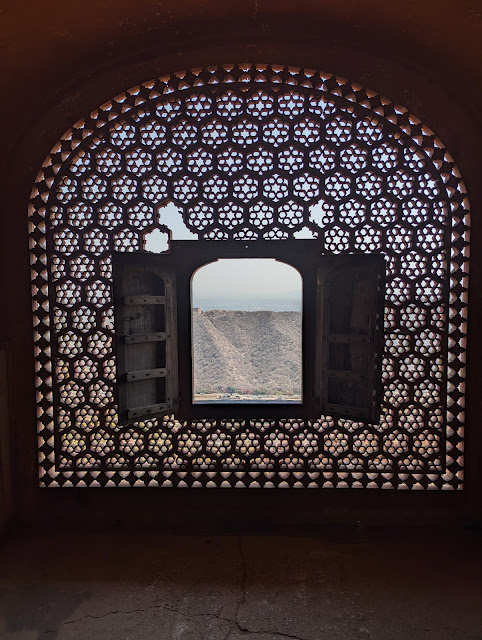Book Review: Are We Smart Enough to Know How Smart Animals Are? Author: Frans de Waal My Rating: 5 out of 5 stars
This is a provocative title for a book! Before I discuss this book, let me mention that I had previously reviewed another book by the same author, “Mama’s Last Hug” and I had given it my “MUST READ” rating. In that book, Frans de Waal tackled the topic of “Animal Emotions”. In this book, the focus is on “Animal Cognition”.
It’s my impression that most people by now agree that animals have feelings. Even then, it can come as a surprise to many that they have emotions, such as guilt, revenge, empathy, cruelty. Many people, again my impression, still hold the view that animals are just driven by stimuli and instincts. To those, it will come as a bigger surprise that animals have “cognition”.
But first, we have to understand what is meant by the word “cognition”. If you want a formal definition, please refer to the Wikipedia page. Informally, cognition implies the abilities of acquiring new knowledge, having memories, solving problems, making judgements and so on. We pride ourselves as a species which has the brain with the capabilities of logical reasoning, information processing, computation, imagination, complex planning, and above all our highly prized abilities to have abstract thoughts and communicate using languages. Do animals possess any of these abilities or are we unique?
The very first question to ask is, how can we even find out? Of course we cannot expect a fish to answer a question about philosophy and we certainly haven’t seen any animals solve trigonometry problems in the wild.
This is where the author steps in with this immensely valuable book. With examples after example, he illustrates how it is up to us to set up the correct experiments. For example, some experiments have shown that chimpanzees do not perform well in facial recognition tests. But, and this is huge, as it was later found, if the experiment is changed from using human faces to using chimpanzee faces, they do extremely well. This totally makes sense. In the wild, what helps a chimpanzee is the ability to differentiate between chimpanzees, and the skill to differentiate between human faces is almost never needed. There are many more such examples in the book, where the older conclusions about Animal Cognition were wrong because the set up of the experiments were wrong.
The next question that arises then is, even if we agree that animals have cognitive abilities, are they as smart as we are? Should we consider smartness as a spectrum and put ourselves at the smartest end of it? The author argues that smartness should be treated as a multi-dimensional space and not a linear axis. Yes, we may be smarter in some aspects, but the animals can be and are smarter in other aspects. When the bird known as Clark’s Nutcracker stores tens of thousands of pine nuts in hidden caches, it can remember these locations even months later. It doesn’t do that using any strong sense of smell. Rather it has a highly evolved brain that is able to store spatial memory at a scale that we humans simply do not have.
Other studies have shown that chimpanzees can beat even a trained human competitor at a game that tests short term memory. The results of this experiment became famous and shocked almost everyone, I think mostly because it bruised our hyper inflated egos. I was searching for an article to link here in my review, and when I found it, I was immediately struck by the irony. The headline of an article in a newspaper perfectly captures our own ignorance about the world, albeit completely unintentionally, “Chimps are making monkeys out of us”. This title clearly displays an ego, and an implicit bias that “monkeys are stupider than us”.
This very idea of “Human Exceptionalism” is what Frans de Waal is railing against in this book as well. He mentions many examples of this tendency, and how that had clouded the judgment of the scientific community at large for a very long time. It’s not that humans are not exceptional. We are. But so are other animals. For example, a bat is exceptional too. Not just for having the ability to fly in the dark using the echoes of its sounds to navigate, but also being able to distinguish between the echoes it made, versus the echoes made by many other bats who are also flying at the same time! It requires a highly evolved brain with some exceptional circuitry to process acoustic waves. After reading such books, I absolutely think that we humans need a big dose of humility.
I understand that the author is one of the revolutionaries in this field and has contributed a lot to our understanding of animals. I am in awe of what he and others have achieved. More than that, I am grateful to scientists like him for improving my understanding and teaching people like me to look at the animal world in a much humbler way. But the point about how the establishment was not scientific enough in their approach was hammered a perhaps bit too much. That part was repetitive to me.
Having mentioned this minor quibble, I can salute the author for writing this book in such a wonderful and accessible style. It educates as well as entertainers. It’s a very easy book to read, and I highly recommend it.
































